A total of three steps are divided into art: 1. Put yeast 2. Fermentation 3, it becomes
Author:Institute of Physics of the Ch Time:2022.07.11
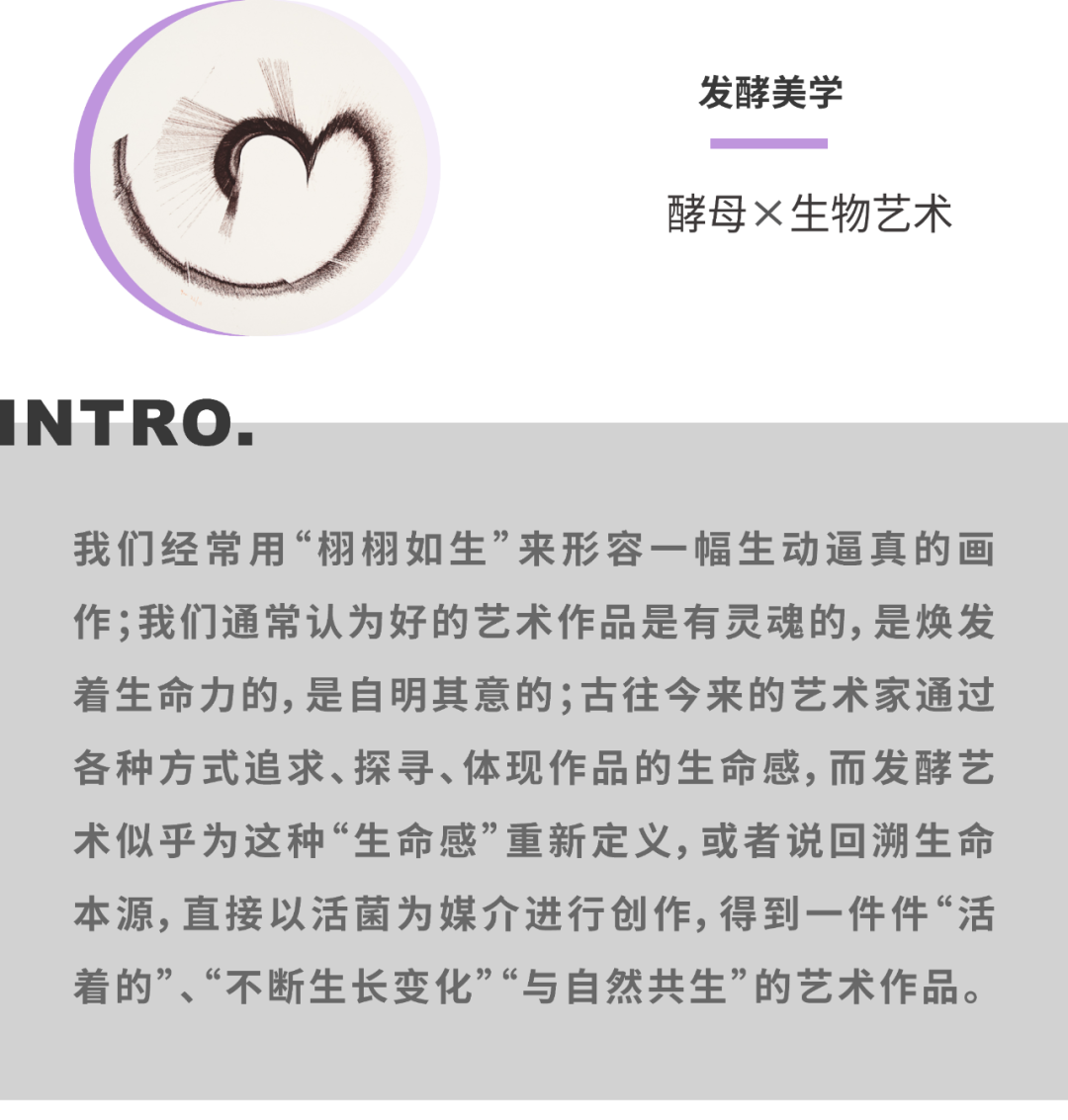
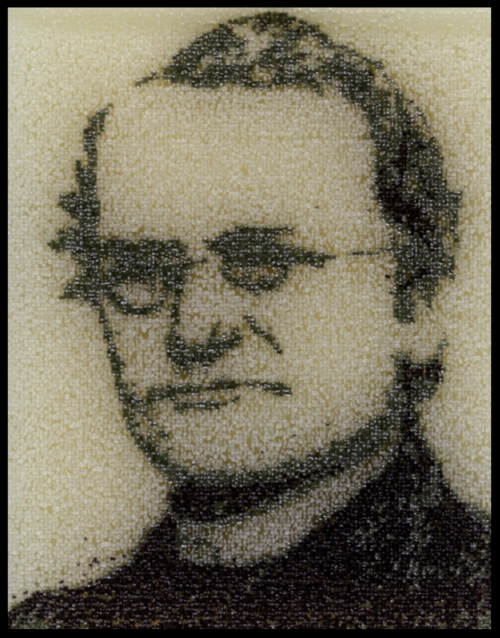
Gregor Mendel, the father of modern genetics, portrait portrait portrait portrait, source: Yeastart.org
"Canned soup" portrait portrait, source: Yeastart.org
This is not the colorful painting of Georges Seurat, not the canned soup of Andrew Warhol, nor is it a mother's cross stitch. This is the portrait of two images created by the live yeast of the Landney Medical Center of New York University -Gregor Mendel, the father of soup and the father of modern genetic genetics.
Can yeast be used for painting? Let's first understand what yeast is.

Yeast is a fungus, which refers to various single -cell microorganisms that can ferment sugar. It is hard to imagine that humans live without breathing, but many microorganisms can grow and survive in anaerobic environments. Fermentation is the process of using sugar to generate energy for living cells under anaerobic pathway. Fermentation is divided into two main types: lactic acid fermentation and alcohol fermentation.
The term "fermentation" comes from Latin "Fervere", which means boiling. The carbon dioxide bubbles produced during the fermentation process make the liquid look like boiling. The word fermentation in English is derived from Fervere, which originally meant "tossing", which describes the phenomenon of bubbles during fermentation when fermented.
The history of fermentation is very long. Archaeologists discovered a trace of certain fermented drinks in the pottery tanks in China. In this regard, scientists speculated that as early as the Neolithic era in 7000 BC, humans began to use fermentation technology.
The phenomenon of fermentation has long been recognized by people, but it is nearly 200 years of understanding it. Antonie Van Leeuwenhoek (Anthony Van Liewen Tiger Ke) first observed microbes with a microscope in 1665, laying the foundation for the essence of fermentation for scientists after 200 years. In 1857, French scientist Louis Pasteur (Louis Bastel) pushed air into the wine. He found that the amount of alcohol was reduced while increasing the amount of yeast cells. In this regard, Pasteur concluded that the brewing of wine is attributed to the fermentation effect of yeast. Fermentation requires living cells, and yeast plays a vital role in this process. Later, people called this phenomenon "Basteur effect".
Since ancient times, regardless of the east and west, as long as it is a place where human culture is booming, the traces left by fermentation will be found, and fermentation is very important in human civilization. Yeasts are regarded as the main force of today's biotechnology and are often used in the research of synthetic biology. Its results are diverse, such as food production, beer and wine production, vaccine manufacturing, plastic production and carbon capture.

Learn the theory of color in the beautiful and romantic landscape; capture exquisite composition from the natural nature of ghost ax, and artists continue to obtain some inspiration from the progress of various fields of society; from pigment to bacteria, the form of painting has far exceeded the traditional way.
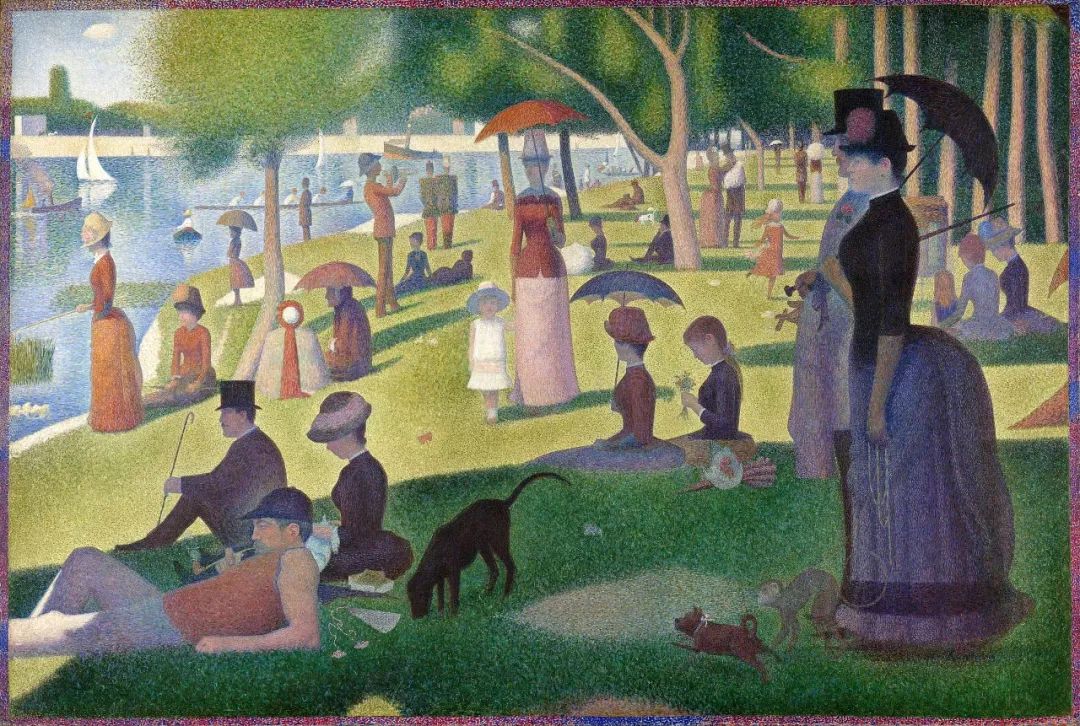
"Sunday afternoon on the Big Bowl Island", Source: wiki
In 1886, Georges Seurat (George Shura) and Paul Signac (Paul Siniak), as the representative of the later Impressionist School, created a drawing method with round colors. The masterpiece of Xiura's "Sunday afternoon on the Big Bowl Island" is covered with precise and meticulous small dots on the screen. These small dots are piled up with warm, cold colors, similar colors, complementary colors, etc. In the viewing angle of the viewer's distance, it has formed a very bright and full color effect.
Looking back at the yeast painting mentioned at the beginning, it is a new technology explored by the Bock Laboratory Group of the New York University Gromman School of Medicine: Researchers genetically modify the yeast cells, so that it expresses different colors, tens of thousands of contains containing different colors. The tiny droplets of yeast are planted on the agar plate in a beautiful arrangement -just like the point drawing method, the small dot cluster forms the image and grows in the cultivation box. This effect is called "biological point color method".
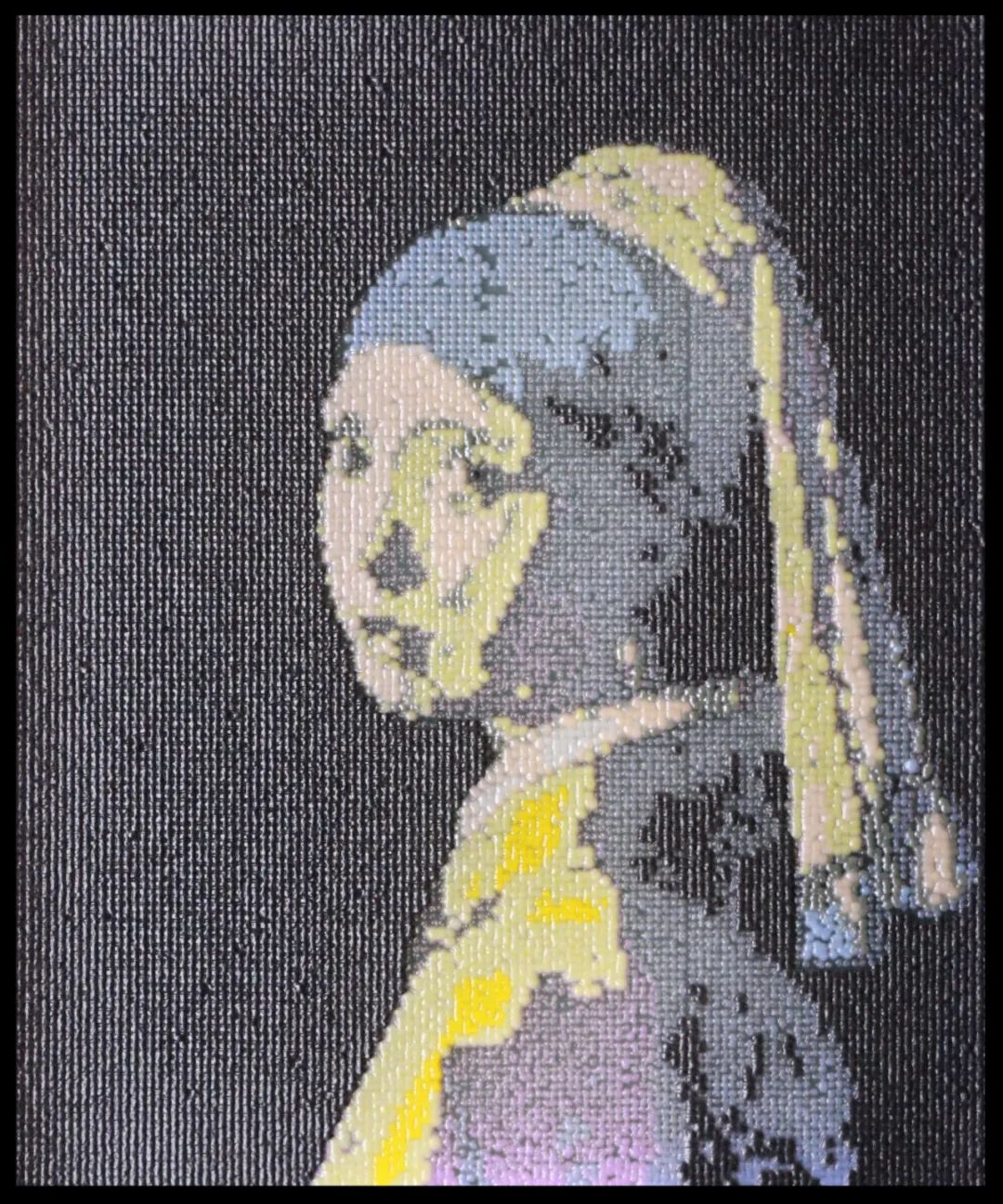
"Girl with Pearl Earrings" yeast portrait, source: Yeastart.org
In order to create these images, scientists have written a robotic program that enters the tiny liquid yeast liquid droplets into the micro cells on the agar -growing board through sound waves.
After fixed, the next step is to fill the color. The team cultivates strains containing different plant pigments to fill the "pigment box". According to the laboratory technician Jasmine Temple, the current palette contains 11 colors: black, white, gray, dark orange, light yellow, dark yellow, light yellow, red, pink, purple and blue.
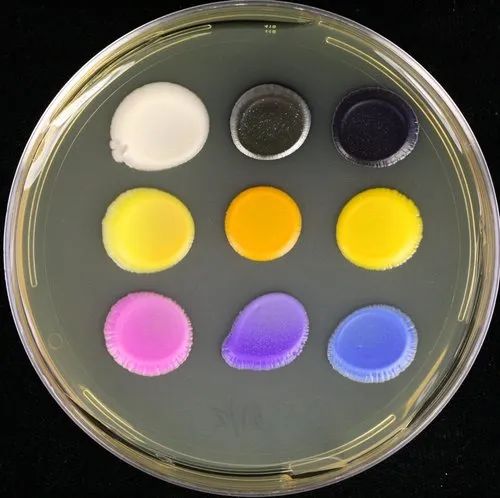
Various yeast colors in the palette. Source: Yeastart.org
BOEKE inocus the yeast cells with pigment bacteria, and such yeast vaccination is called "biological pixels". The biological pixels are sprayed on the inverted agarboard one by one with "printing" the picture. After the colonies grow in the cultivation box for a few days, the image seems to be alive, and the yeast cells will grow within a few days. Within a few weeks, the color of the painting will become more and more bright.
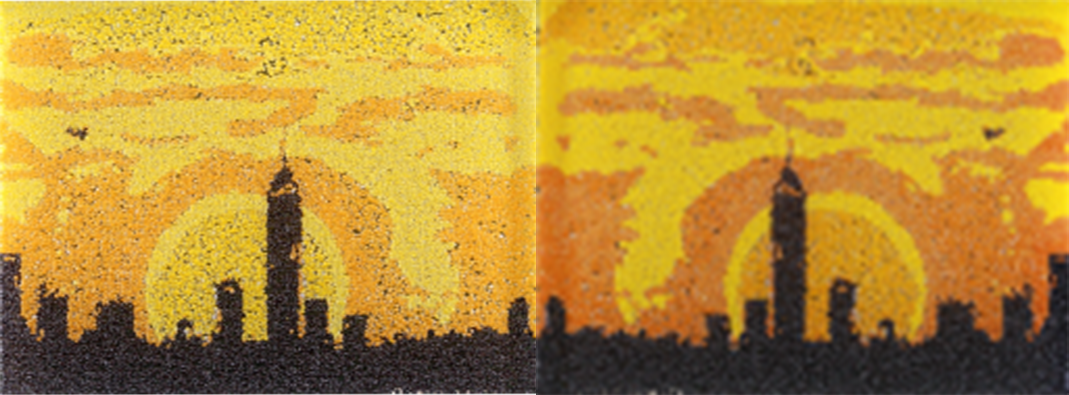
The yeast art work "New York City During the Sky Line" was placed under 4˚C for 14 days. Source: Yeastart.org yeast art gradually formed an emerging art genre.The year FASEB Biotechnology Competition won awards.Let's appreciate some yeast art works.
Yeast art work "Monroe Avatar".Source: Yeastart.org
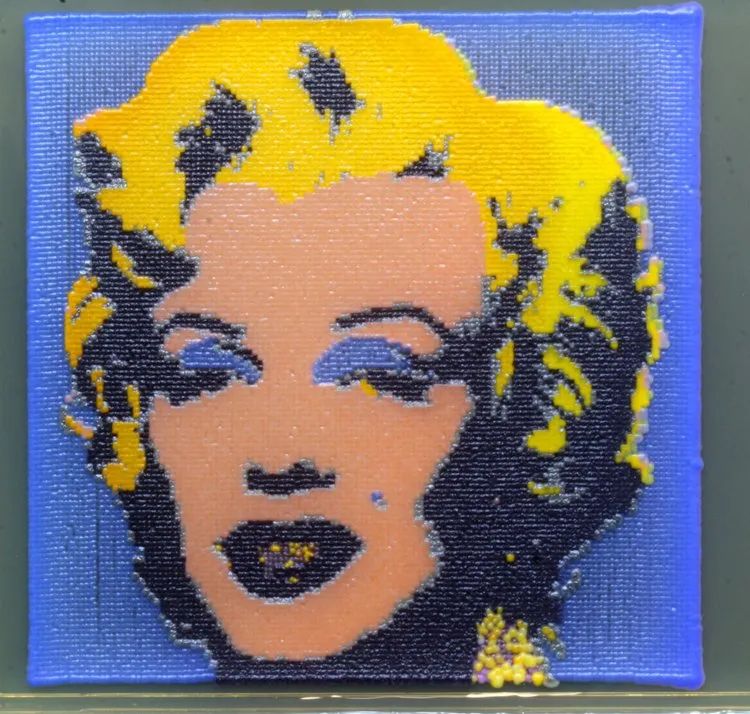
Yeast art work "Scream".Source: Yeastart.org
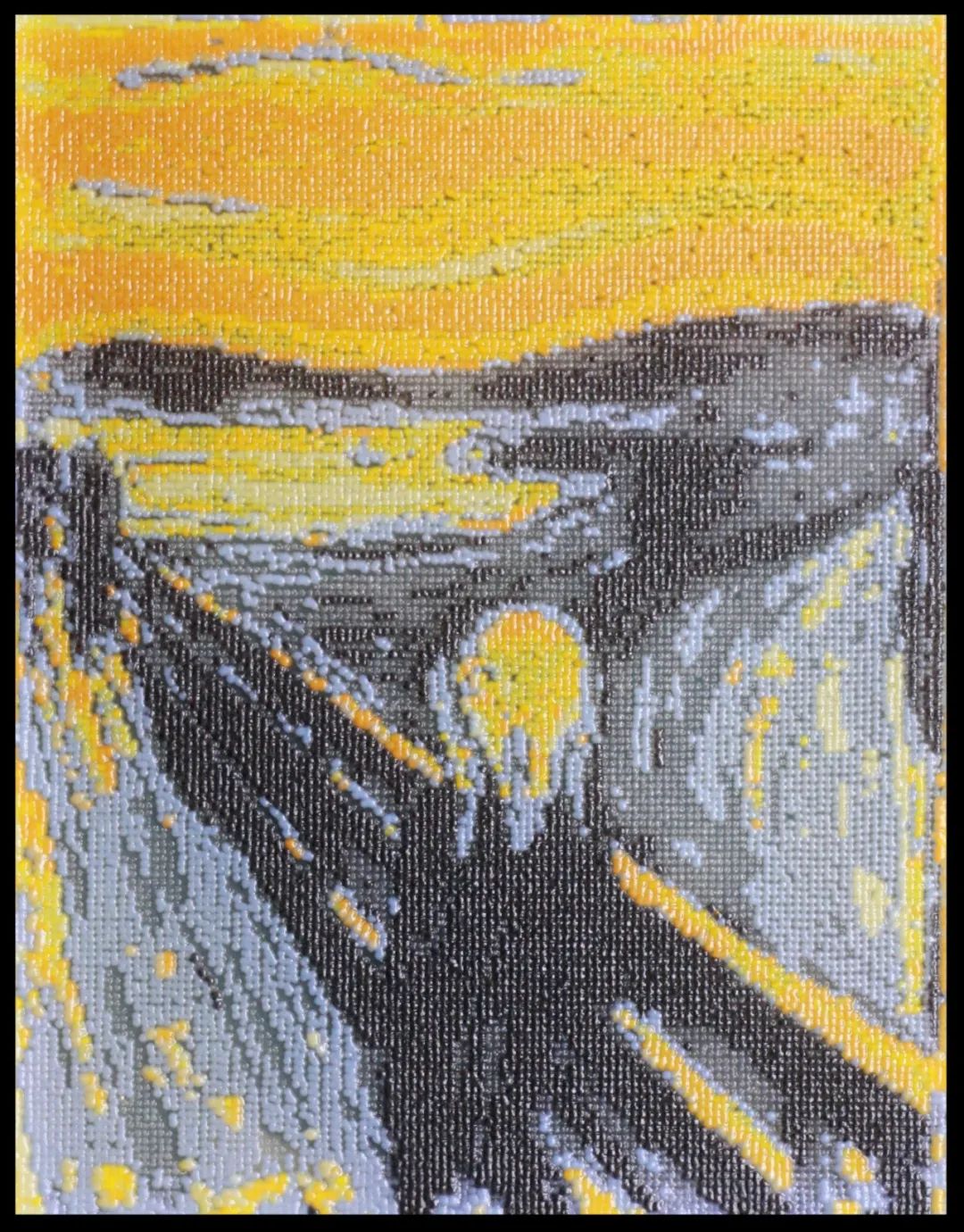
Yeast art work "Pig".Source: Yeastart.org
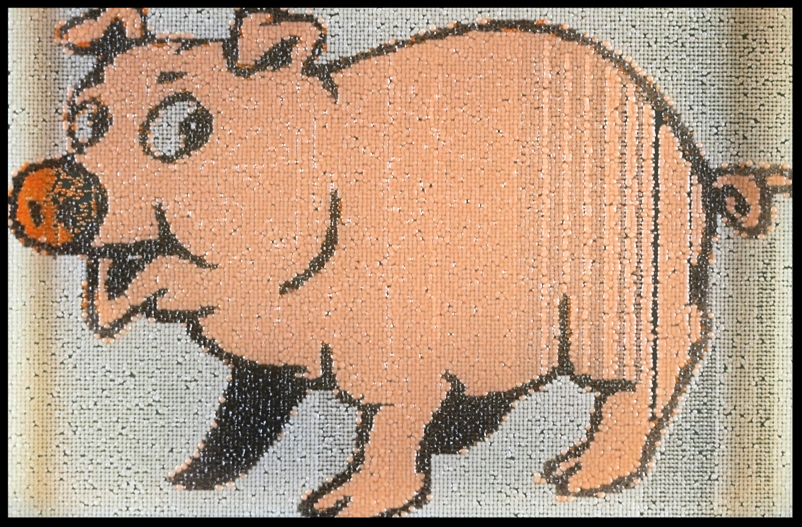
Yeast art work "Mermaid".Source: Yeastart.org
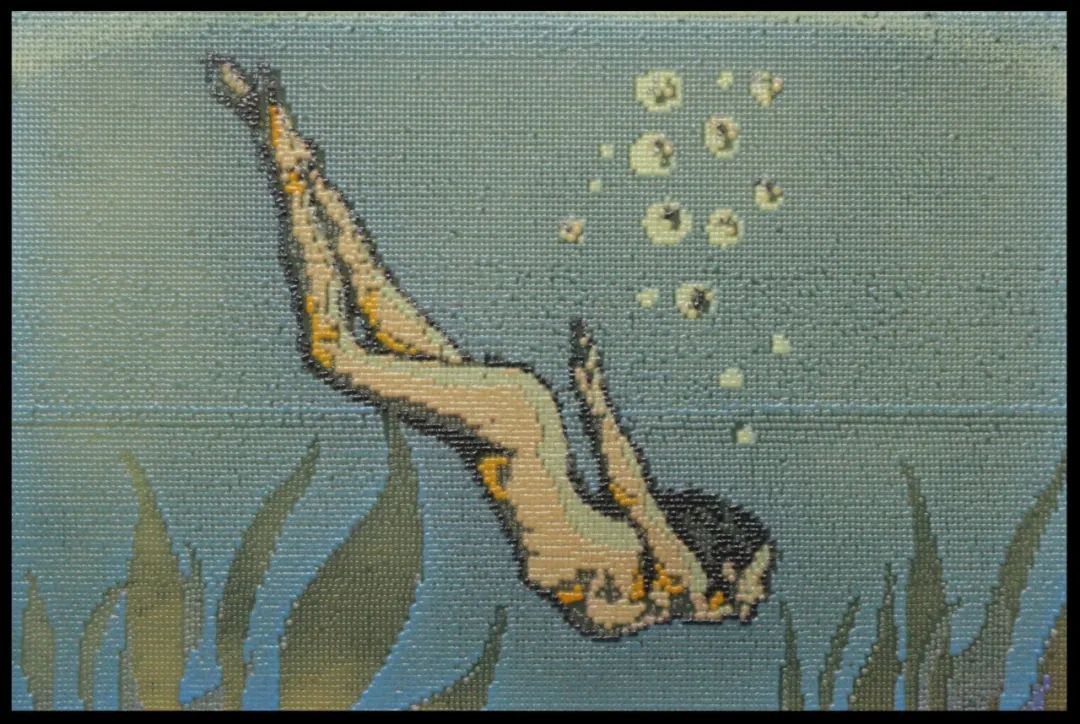
The yeast art works "Witroe".Source: Yeastart.org
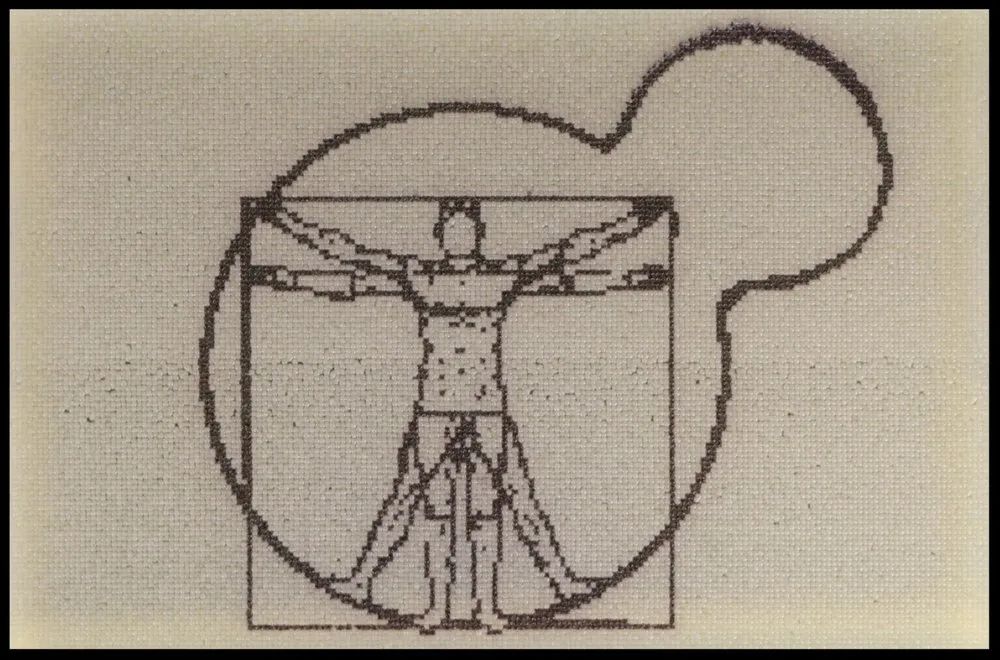
Art can be symbolized by the combination of science to infinitely extend the boundary to the boundary.As we continue to draw and reshape the role of humans in the ecosystem, can we guess that yeast can be the answer to sustainable design questions in the future?
Reprinted content only represents the author's point of view


Does not represent the position of the Institute of Physics of the Chinese Academy of Sciences
If you need to reprint, please contact the original public account
Source: Science and Art Research Center
Edit: Tibetan idiot
- END -
"Learning the History of the Party" Huang Yibing: Mao Zedong Thought is the first historic leap of Sinicization of Marxism

Huang Yibing: Mao Zedong Thought is the first historic leap of Sinicization of Mar...
Cocoito's merit mineral mine
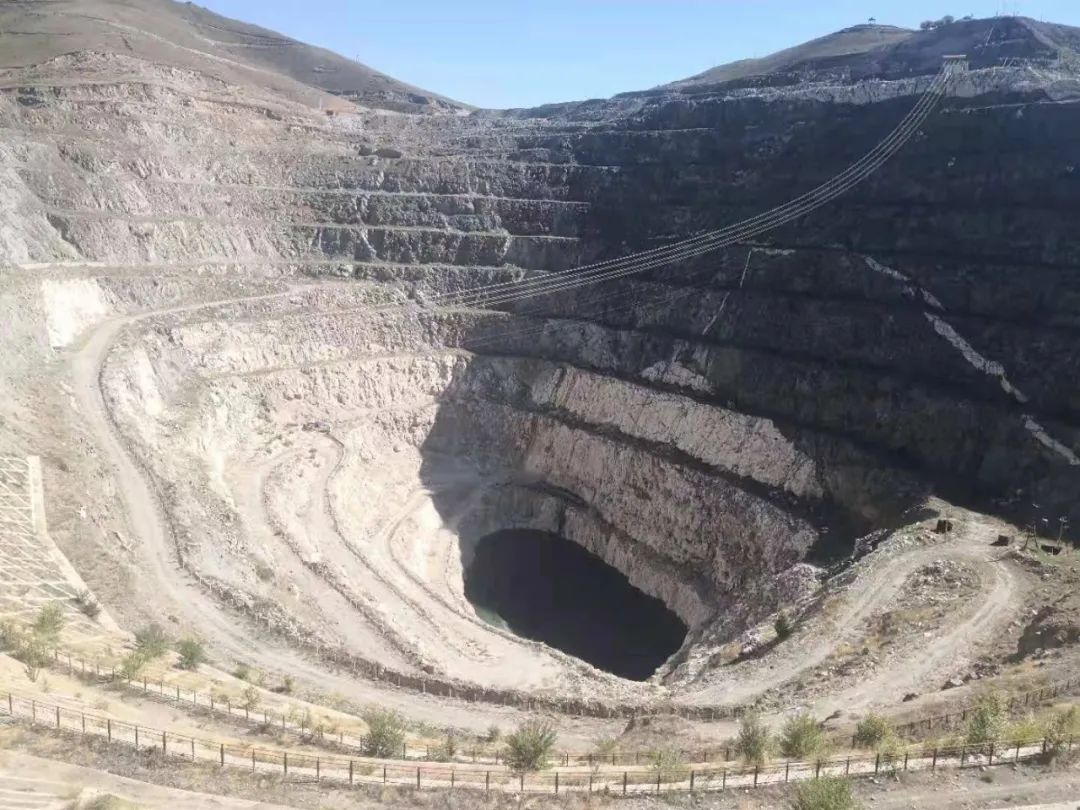
Author: Fang JianwuThis year's Spring Festival Gala, a song The Shepherd in the Co...